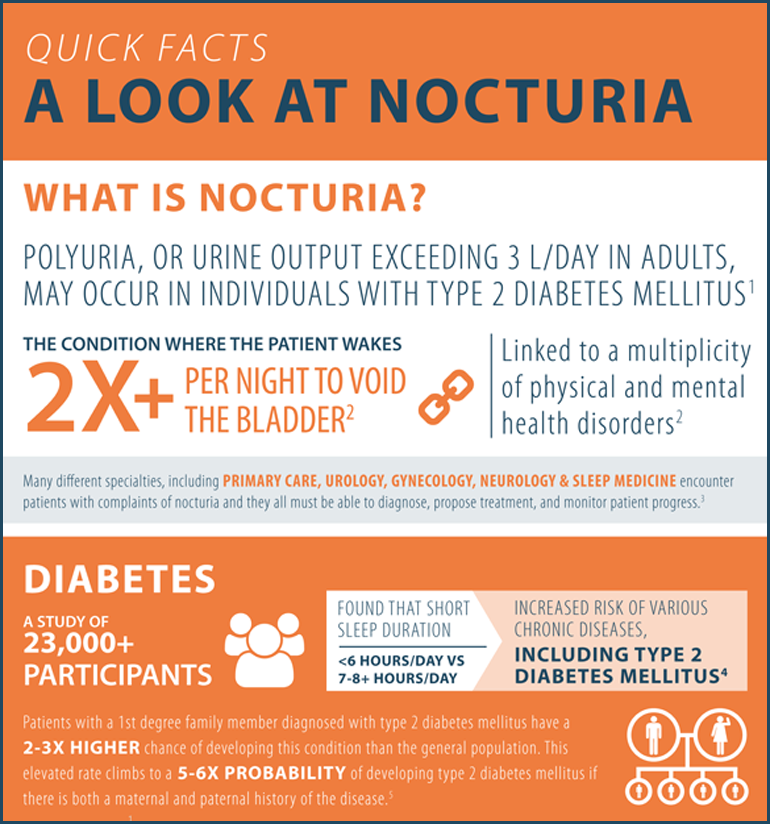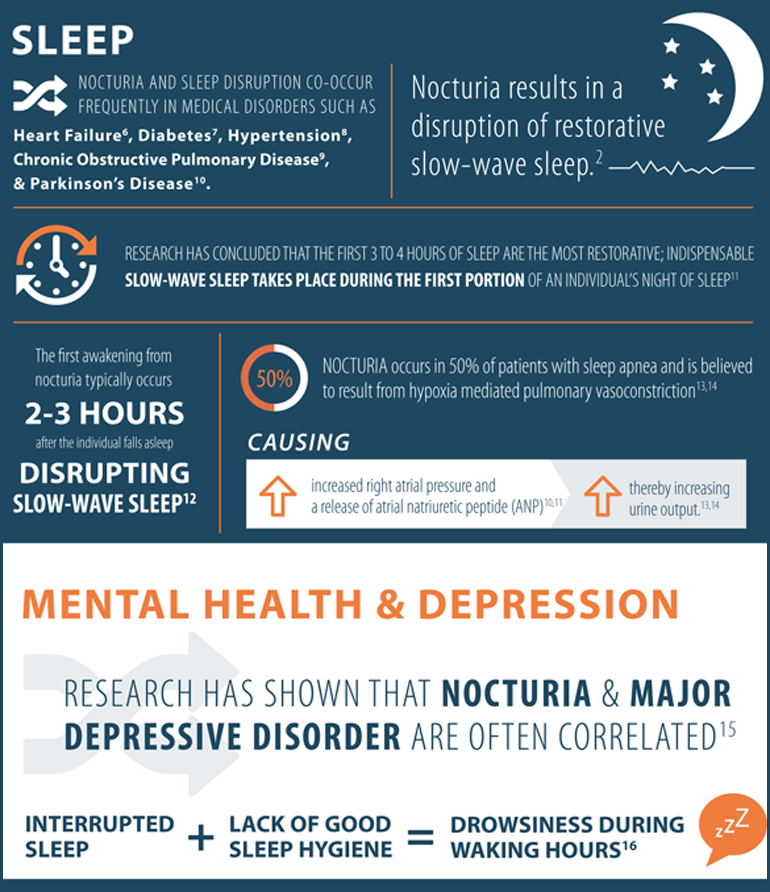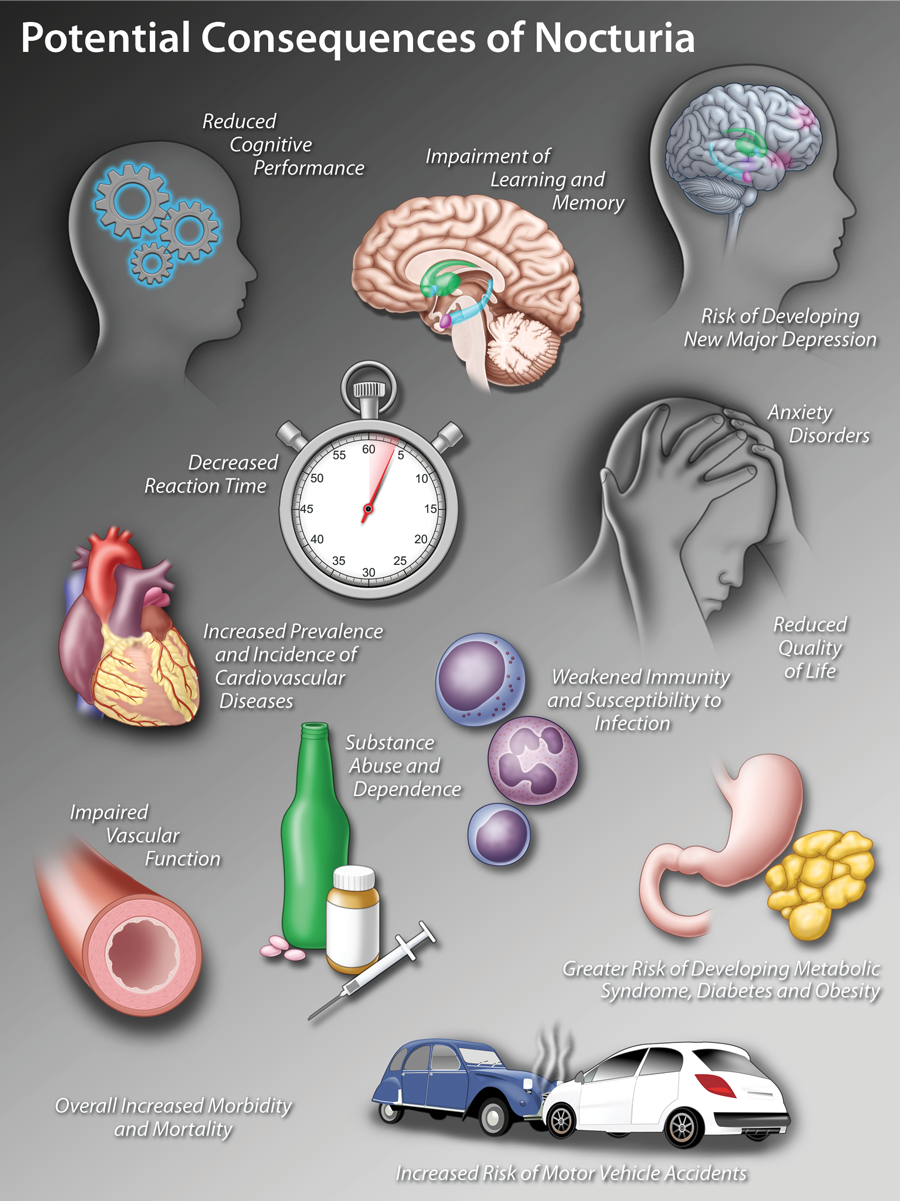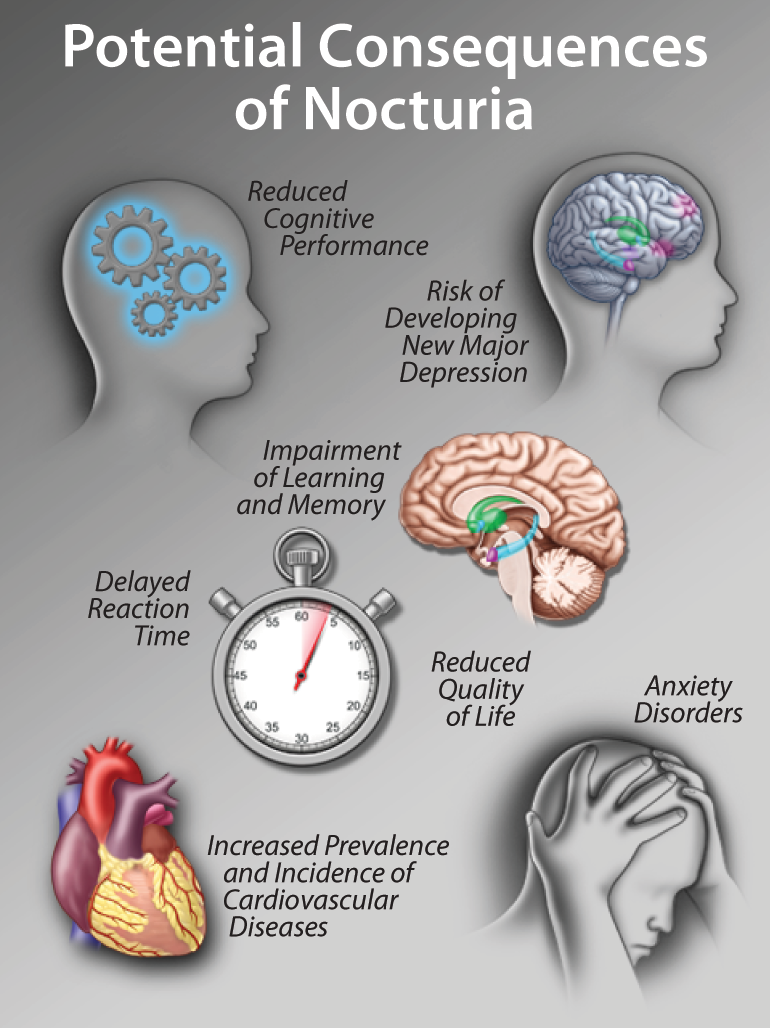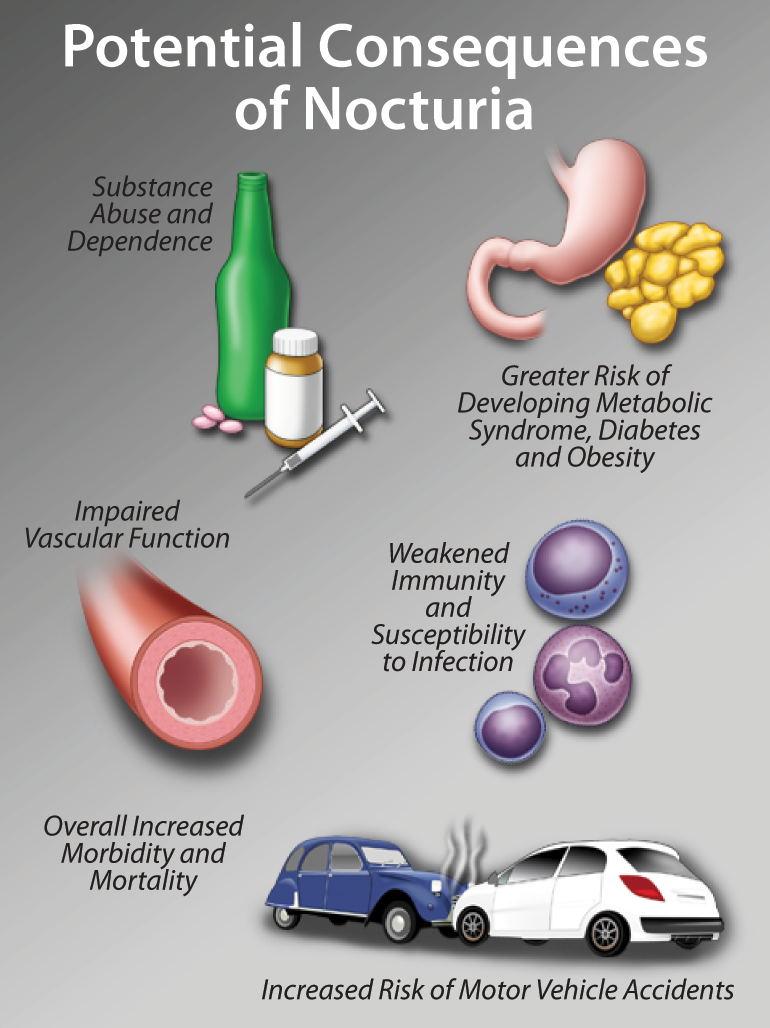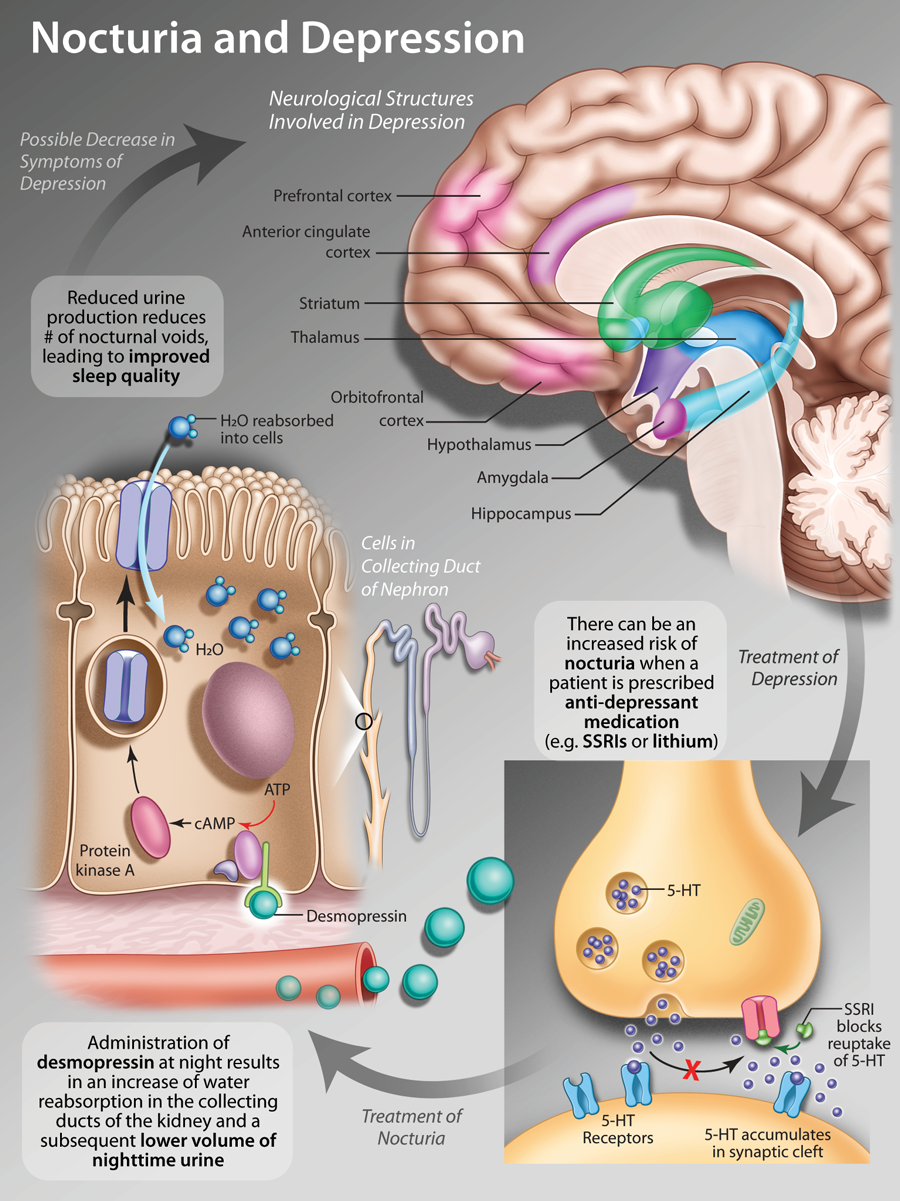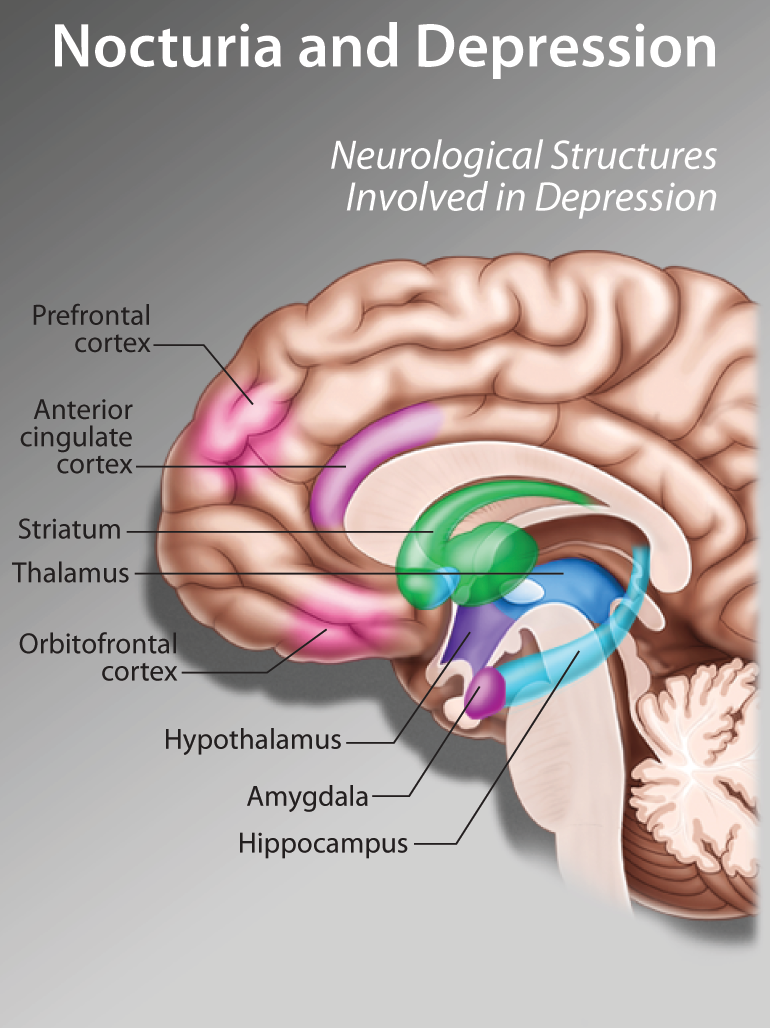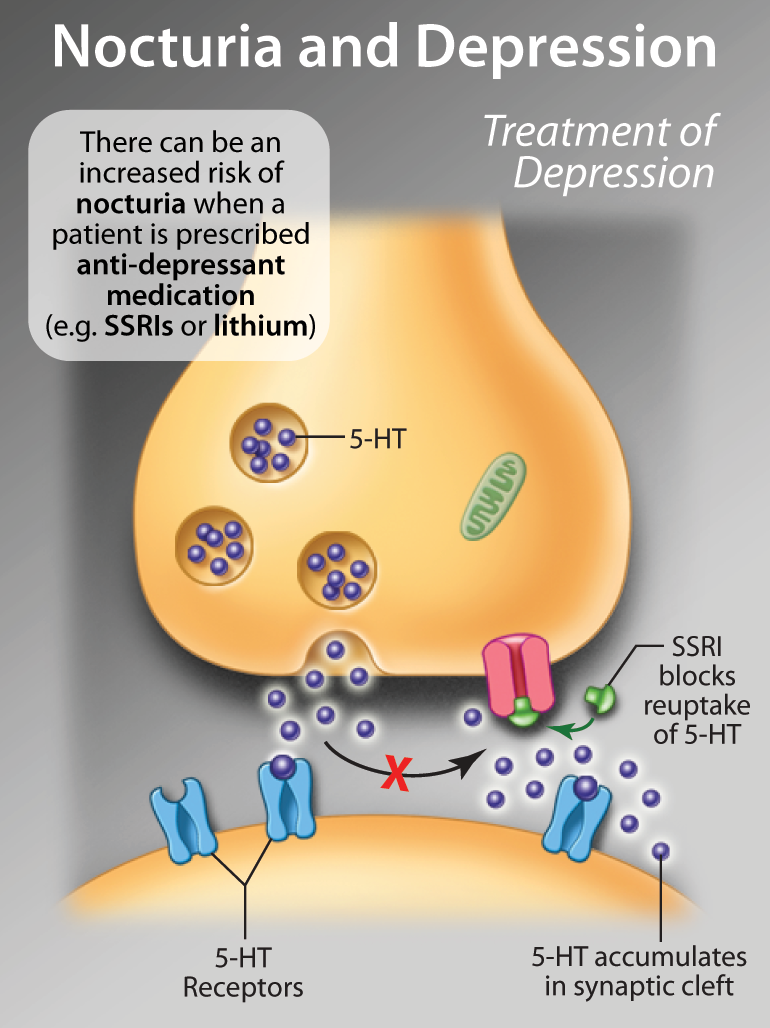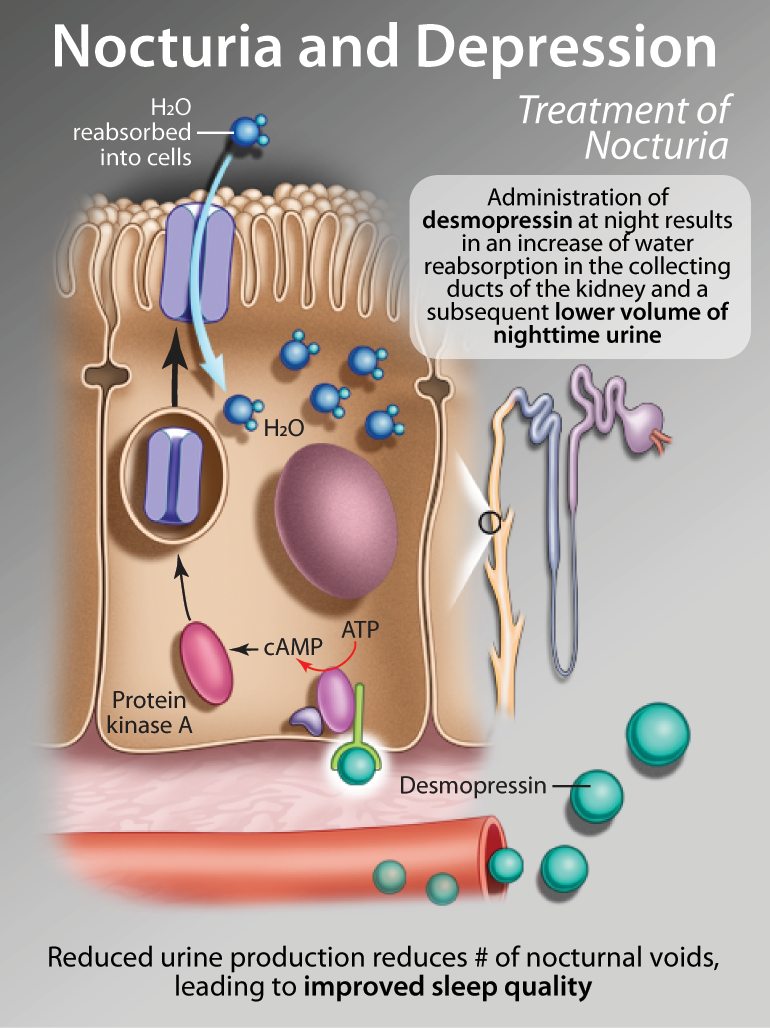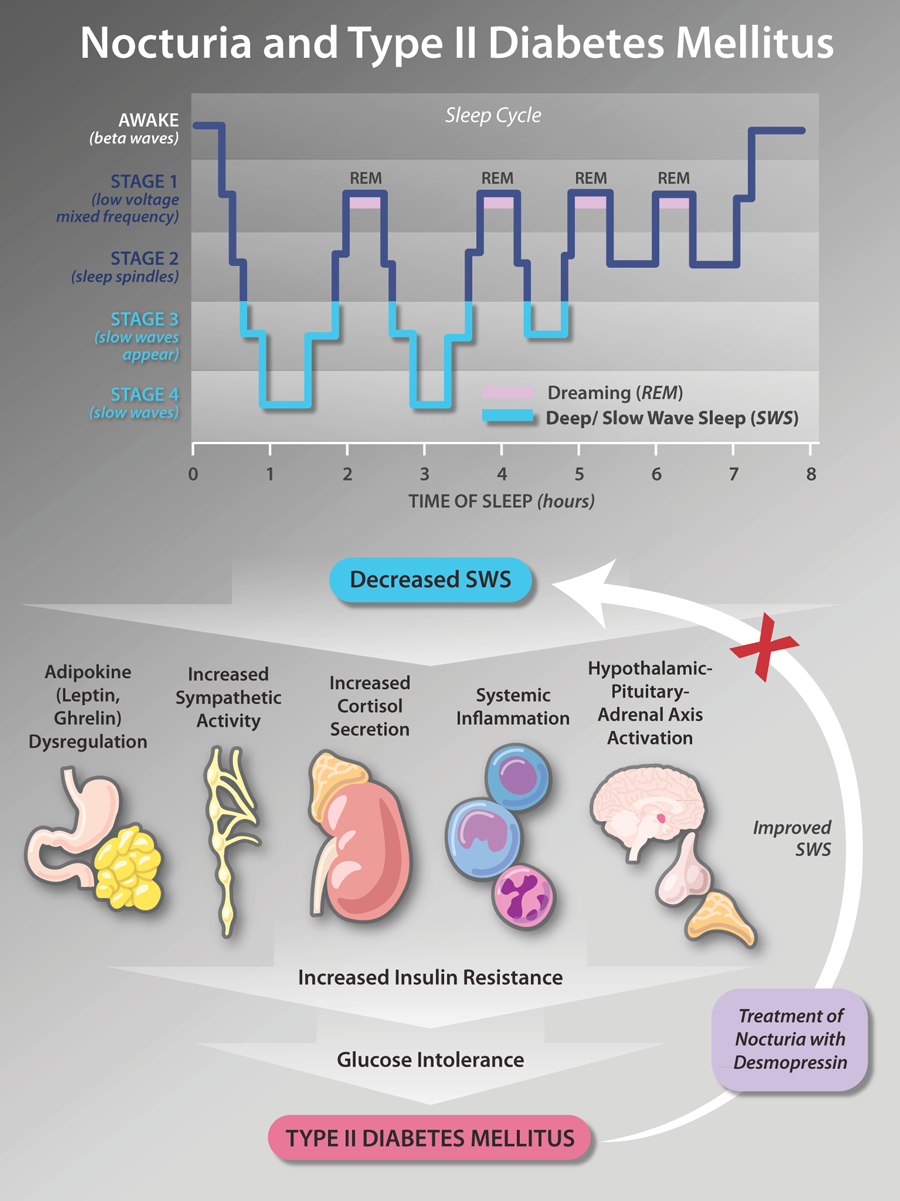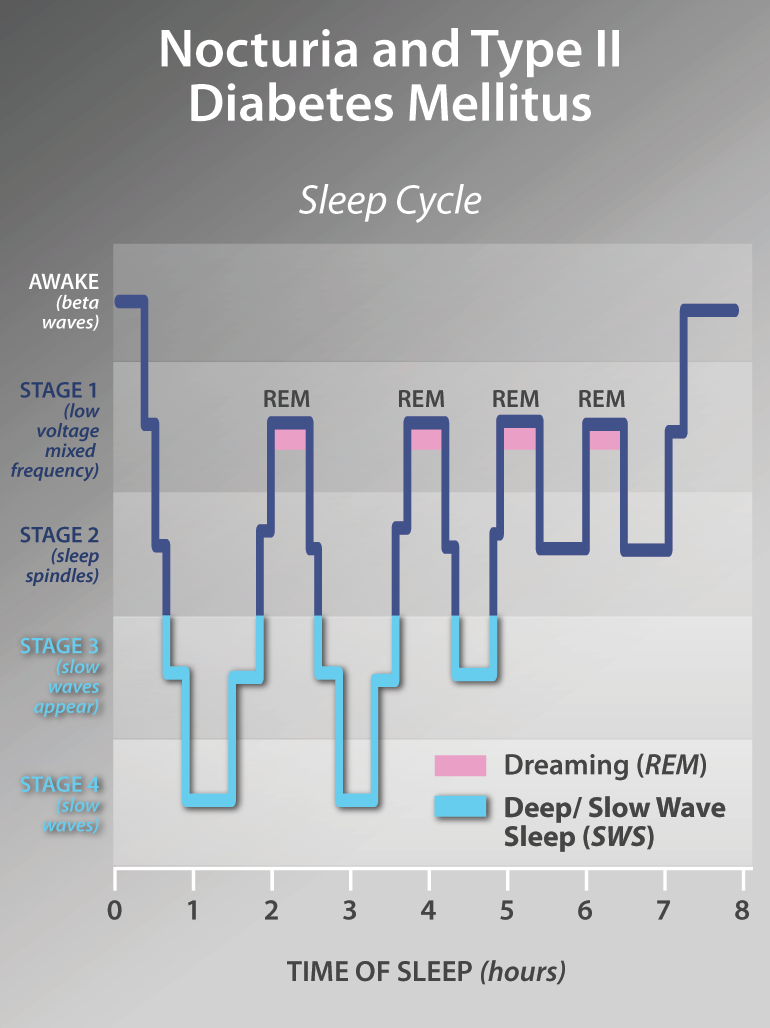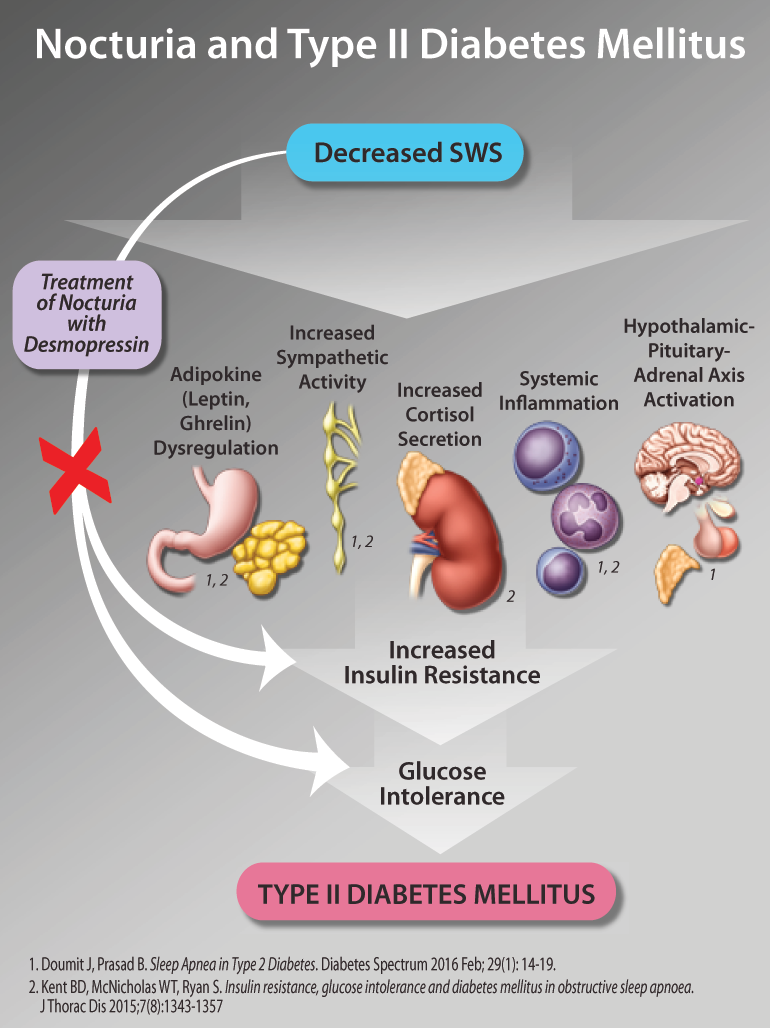Article is not featured either on the homepage or in the topic hub (is not in the "Most Recent" or "Clinical Reviews").
Not Featured
Quick Facts about Nocturia
Quick Facts about Nocturia
Nocturia and Sleep Disorders
Nocturia and Sleep Disorders
This article was published as part of THE LATEST IN THE DIAGNOSIS AND MANAGEMENT OF NOCTURIA eCME resource.
The development of THE LATEST IN THE DIAGNOSIS AND MANAGEMENT OF NOCTURIA eCME resource was supported by an educational grant from Ferring Inc.
Nocturia and Major Depressive Disorder
Nocturia and Major Depressive Disorder
Nocturia and Diabetes
Nocturia and Diabetes
About Psoriasis
About Psoriasis
WHAT IS PSORIASIS?
Psoriasis is a common but chronic skin condition that causes
inflammation and scaling (red elevated patches and flaking silvery
scales). The patches can be itchy or sore, causing discomfort and pain.
Psoriasis causes skin cells to rise to the surface and shed at a very
rapid rate. On average, people with psoriasis shed their skin cells
every 3 to 4 days, while people without the condition have a turnover
rate of about every 30 days.1,2,3,4
- Read more about About Psoriasis
- Log in or register to post comments
About Rosacea
About Rosacea
WHAT IS ROSACEA?
Rosacea is a common, chronic skin condition that causes redness of the face. It often presents as a mild redness or blushing that, over time, lasts for longer durations and becomes more pronounced. Rosacea can also produce enlarged, visible blood vessels and small red bumps on the facial skin. Before diagnosis, it can be mistaken for acne, an allergic reaction, or other skin conditions.1,2,3
- Read more about About Rosacea
- Log in or register to post comments
Frequently Asked Questions about Psoriasis
Frequently Asked Questions about Psoriasis
WHAT IS PSORIASIS?
Psoriasis is a common but chronic skin condition that causes
inflammation and scaling (red elevated patches and flaking silvery
scales). The patches can be itchy or sore, causing discomfort and pain.
Psoriasis causes skin cells to rise to the surface and shed at a very
rapid rate. On average, people with psoriasis shed their skin cells
every 3 to 4 days, while people without the condition have a turnover
rate of about every 30 days.1,2,3,4
- Read more about Frequently Asked Questions about Psoriasis
- Log in or register to post comments
Living with Psoriasis
Living with Psoriasis
CARING FOR YOUR SKIN
- Read more about Living with Psoriasis
- Log in or register to post comments
Frequently Asked Questions about Rosacea
Frequently Asked Questions about Rosacea
WHAT IS ROSACEA?
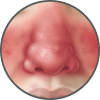 |
Rosacea is a chronic skin condition that mainly affects the skin on the face (cheeks, nose, chin, and forehead).1 |
- Read more about Frequently Asked Questions about Rosacea
- Log in or register to post comments



